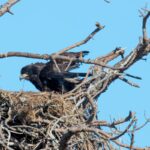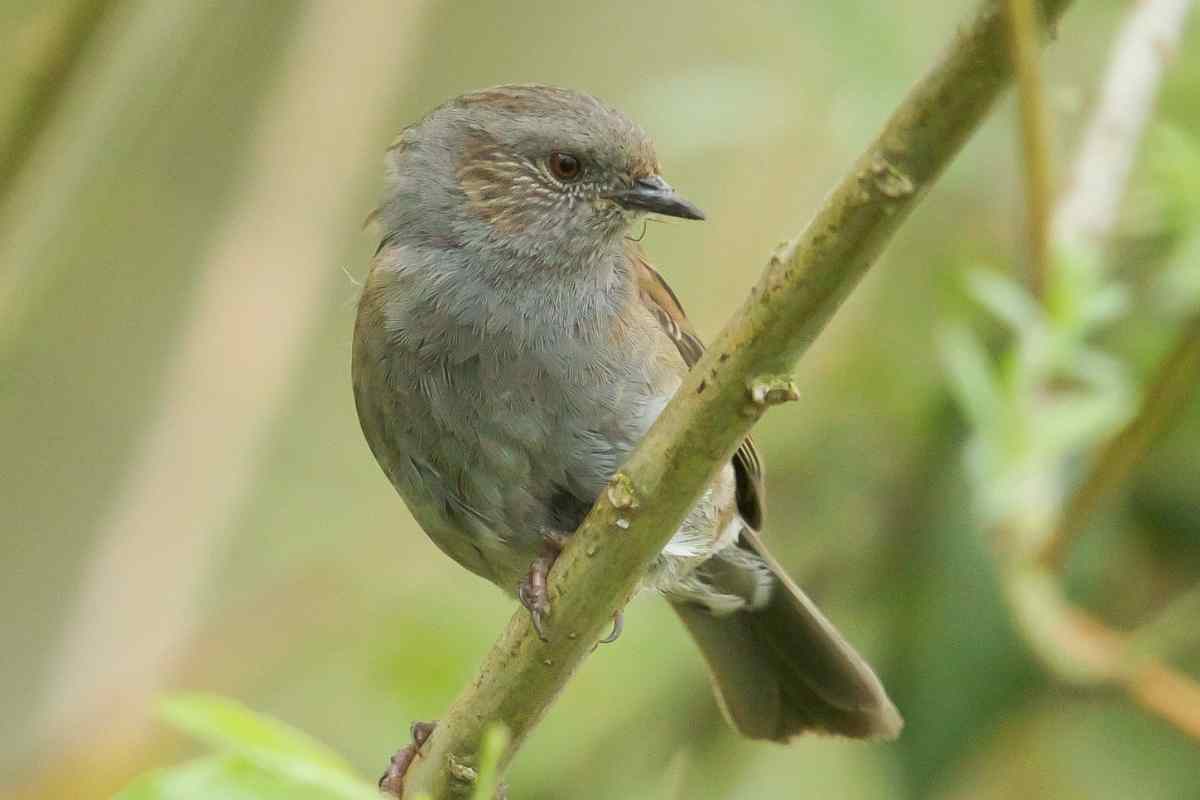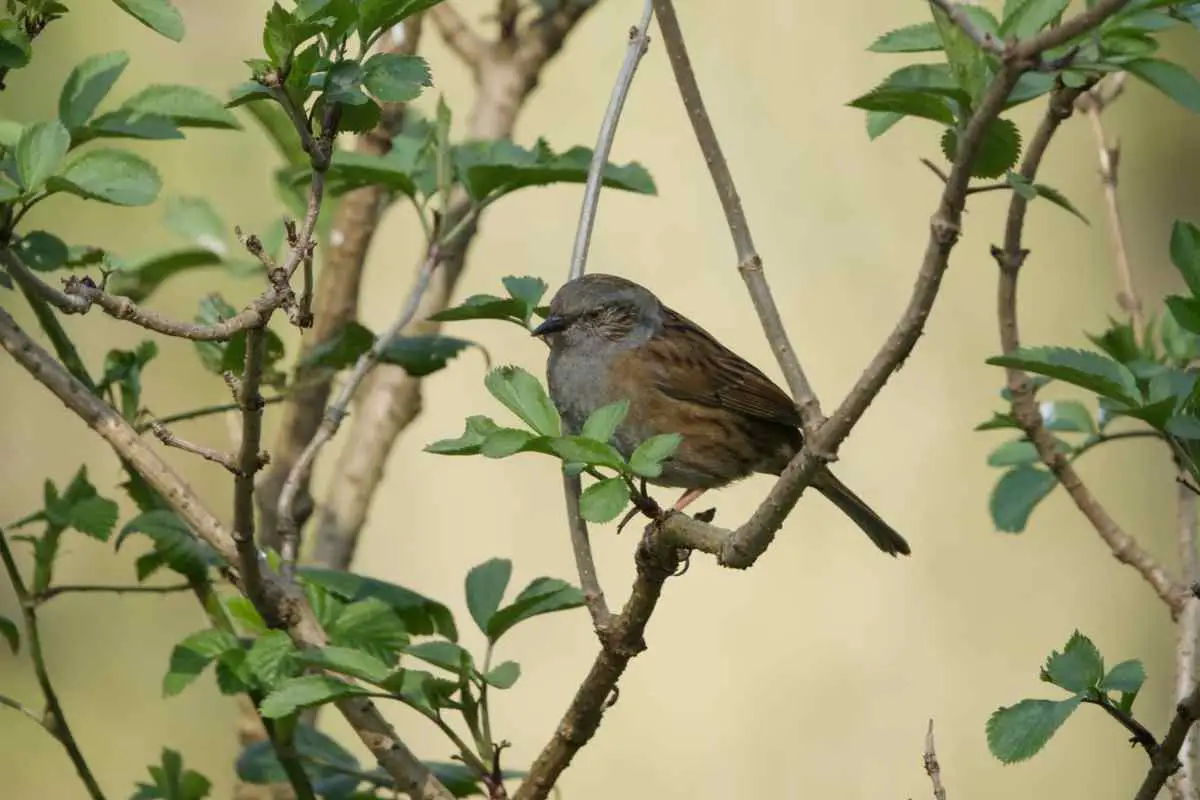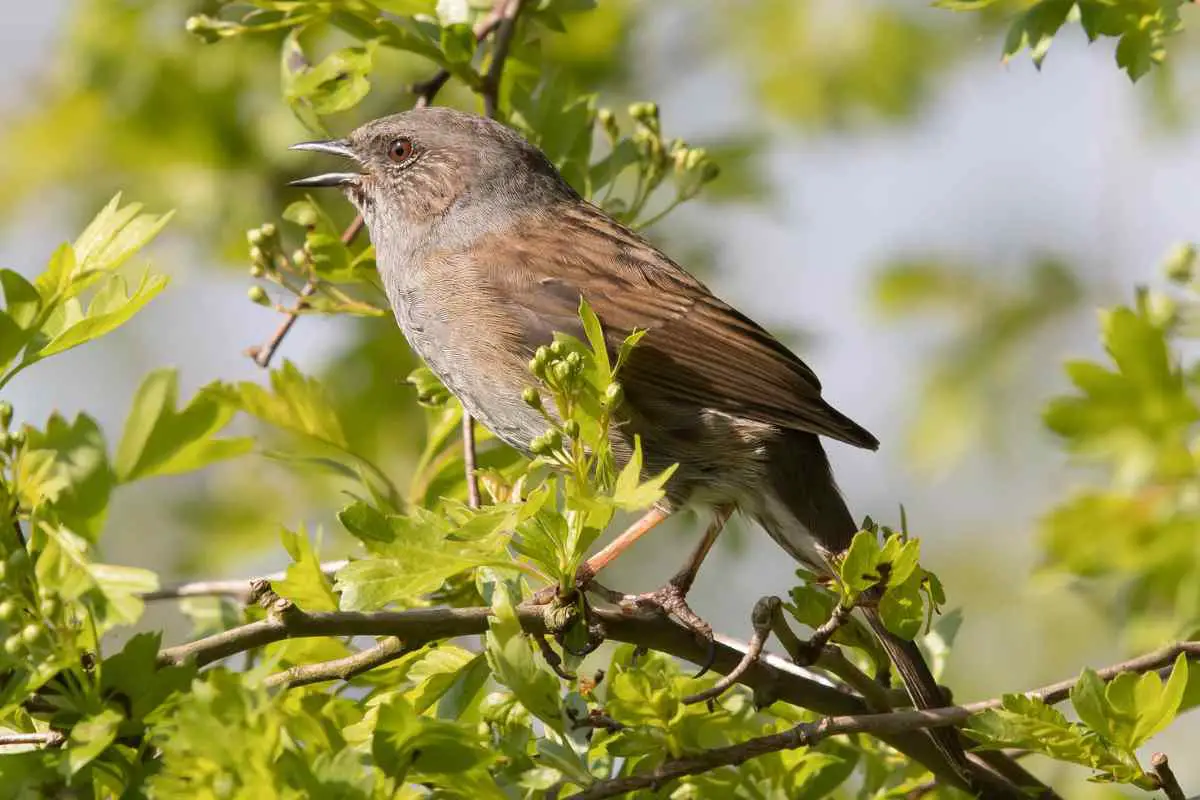Birds are fascinating creatures, and many of them have unique vocalizations that are easily recognizable.
Owls are particularly known for their distinctive hooting calls, but did you know that there are several other bird species that also sound like owls?
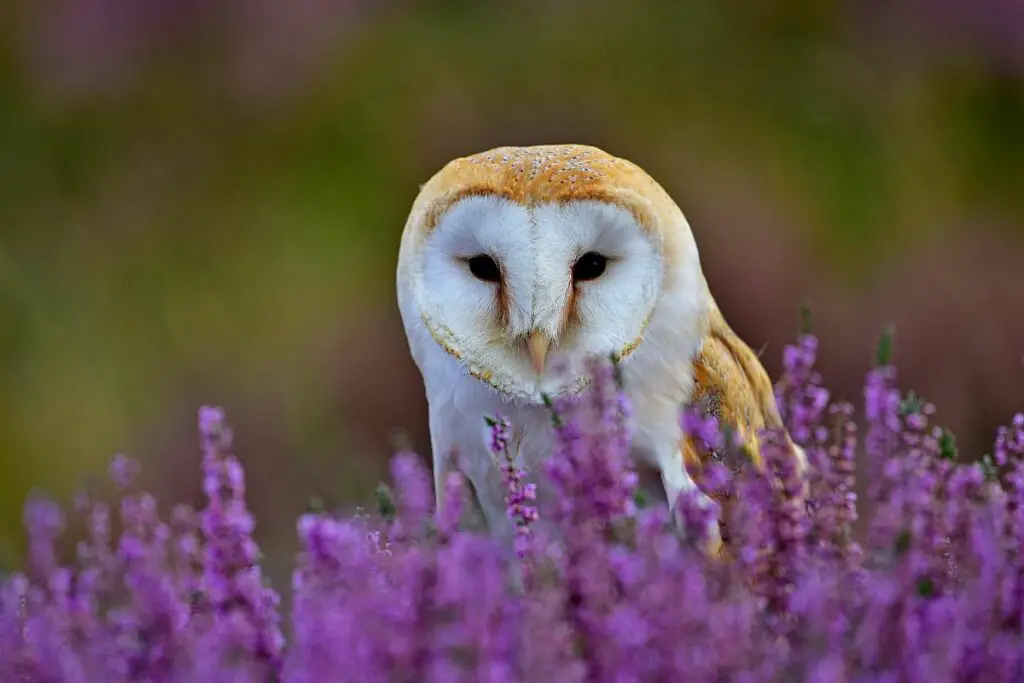
In this article, we will explore 7 birds that sound like owls and learn about their physical characteristics, habitats, and ranges.
Table of Contents
7 Birds That Sound Like Owls
It’s always fun to learn more about the birds that live around us and to appreciate their unique vocalizations. With this knowledge, you can also help to identify and protect these birds, and their habitats. Here’s our 7 birds that sound like owls:
1. Barred Owl
The Barred Owl is a large owl species that are native to North America. It has distinctive brown and white striped plumage, large yellow eyes, and a round head.
These owls are typically found in wooded areas, but they can also be found in wetlands, swamps, and suburban areas.
The call of the Barred Owl is a deep, hooting “who-cooks-for-you” that is often compared to the sound of a person saying “Who cooks for you, who cooks for you all?”
2. Great Horned Owl
The Great Horned Owl is another large owl species that are native to North America.
It has distinctive large, tufted ears, and dark, mottled plumage. These owls are typically found in wooded areas and can also be found in deserts, tundra, and suburban areas.
The call of the Great Horned Owl is a deep, hooting “hoo-hoo-hoo” that is often compared to the sound of a person saying “Hoot, hoot, hoot.”
3. Eastern Screech Owl
The Eastern Screech Owl is a small owl species that are native to North America.
It has distinctive ear tufts and gray or reddish-brown plumage. These owls are typically found in wooded areas, but they can also be found in suburban areas.
The call of the Eastern Screech Owl is a high-pitched “tsee-tsee-tsee” that is often compared to the sound of a person whistling.
4. Western Screech Owl
The Western Screech Owl is a small owl species that is native to western North America.
It has distinctive ear tufts and gray or reddish-brown plumage. These owls are typically found in wooded areas, but they can also be found in suburban areas.
The call of the Western Screech Owl is a high-pitched “tsee-tsee-tsee” that is often compared to the sound of a person whistling.
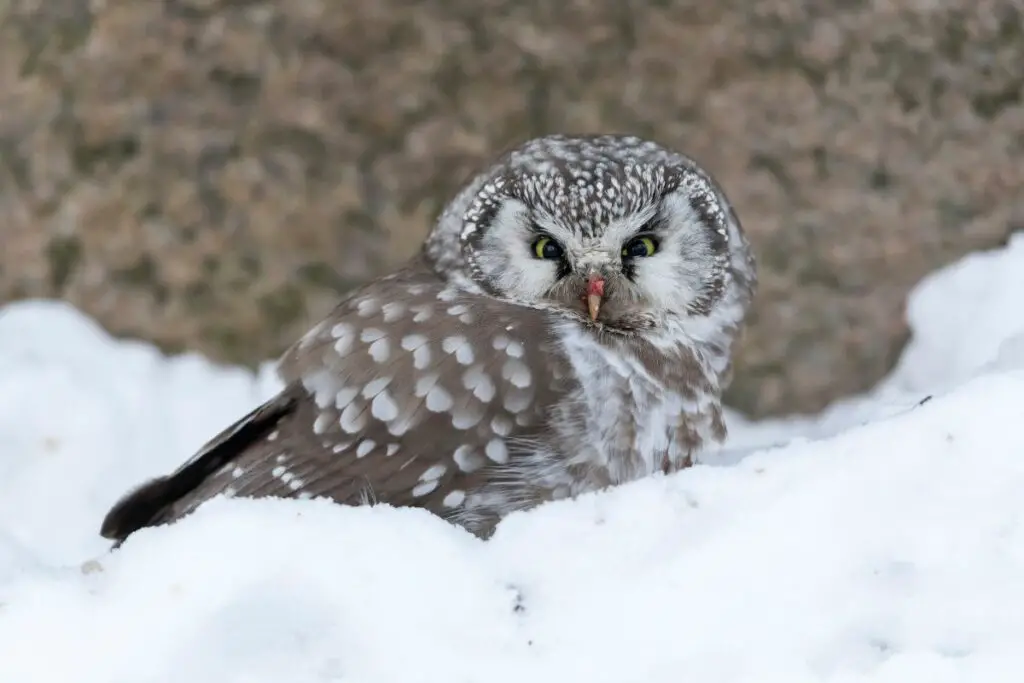
5. Boreal Owl
The Boreal Owl is a small owl species that are native to the boreal forests of the Northern Hemisphere.
It has a distinctive white face, and a dark, mottled plumage. These owls are typically found in coniferous forests, but they can also be found in tundra and suburban areas.
The call of the Boreal Owl is a high-pitched “tsee-tsee-tsee” that is often compared to the sound of a person whistling.
6. Tawny Owl
The Tawny Owl is a medium-sized owl species that is native to Europe and Asia.
It has a distinctive brown plumage, yellow eyes, and a round head. These owls are typically found in wooded areas, but they can also be found in suburban areas.
The call of the Tawny Owl is a deep, hooting “hoo-hoo-hoo” that is often compared to the sound of a person saying “Hoot, hoot, hoot.”
7. Long-eared Owl
The Long-eared Owl is a medium-sized owl species that is native to Europe, Asia, and North America.
It has distinctive long ear tufts and a gray-brown plumage. These owls are typically found in wooded areas and can also be found in open country, deserts, and suburban areas.
The call of the Long-eared Owl is a soft, low-pitched “hoo-hoo” that is often compared to the sound of a distant owl.
However, the calls of the Long-eared Owl are not as loud and hooting as other owl species. It’s also known to mimic other birds’ calls.
Conclusion
In conclusion, there are many bird species that sound like owls, and they can be found in a variety of habitats throughout the world.
We have explored 7 birds that sound like owls, including the Barred Owl, Great Horned Owl, Eastern Screech Owl, Western Screech Owl, Boreal Owl, Tawny Owl, and Long-eared Owl.
Each of these birds has unique physical characteristics, habitats, and ranges, as well as distinct vocalizations that can be compared to those of owls.
Now that you know more about these birds, take some time to listen to them in your own backyard or local park. You may be surprised at how many “owls” you can hear!
In addition, it is interesting to note that some of these birds have different vocalizations depending on the time of day, season, or even location they are in.
It’s always fun to learn more about the birds that live around us and to appreciate their unique vocalizations. With this knowledge, you can also help to identify and protect these birds, and their habitats.
- How to Build a Planter Box for Bamboo: A Step-by-Step Guide

- Can Robotic Lawnmowers Handle Steep Slopes?

- Do You Need a Specific Lawn for a Robotic Lawnmower? Expert Advice

- Are Robotic Lawnmowers Safe for Pets and Children? Safety Features of Robotic Lawnmowers

- Why Use Robotic Lawnmowers? Advantages of Using a Robotic Lawnmower

- Is the GARDENA SILENO City 300 Cordless or Corded? A Clear Answer










